Problems / Pathologies
Common problems found in concrete monuments
Reinforced concrete was the material of choice for many architects of the modern era, and they exploited the material in a multitude of creative and innovative ways. Many of the modern era's most extraordinary structures demonstrate the potential of reinforced concrete and illustrate the material's rapid evolution over the twentieth century. Like many modern materials, reinforced concrete has raised new and distinct conservation challenges. These issues relate to the lack of appropriate techniques and materials to meet conservation needs, the current lack of knowledge on the efficacy and durability of existing repair solutions, the shortage of training opportunities, and the lack of technical and guidance resources available to professionals.
Filters
Categories
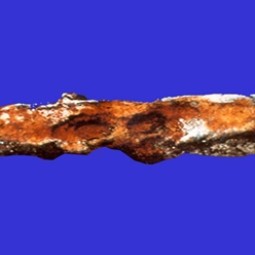
Chloride Induced Corrosion
The most common cause of decay of a reinforced concrete structure is actually not due to a chemical interaction with the concrete but with a major component of a reinforced structure: the steel reinforcement. This reinforcement embedded in the concrete is naturally protected by the surrounding alkalinity.
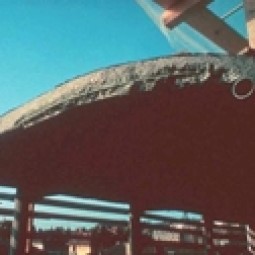
Carbonatation
The second most common cause of decay due to chemical origin is the phenomenon of carbonation. Concrete is almost always in contact with the ambient air and therefore subjected according to the location of the structure to more or less strong action of carbonic gas.
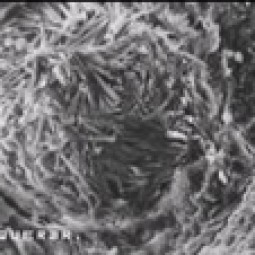
Sulfate Reaction
Sulfate is present in cement and early formation of ettringite (needle crystal) normally occurs in the concrete or mortar. This is due to ground gypsum added at the cement plant which reacts with calcium aluminates of the cement (setting time regulation) during the first hours after addition of water.
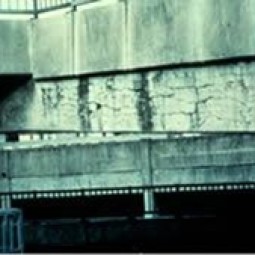
Alkali-Silica-Reaction (ASR)
This is the reaction from reactive silicate based aggregate with alkaline elements in presence of moisture. Alkali-aggregate reaction was first identified as a cause of concrete deterioration more than 60 years ago (Stanton, 1940).
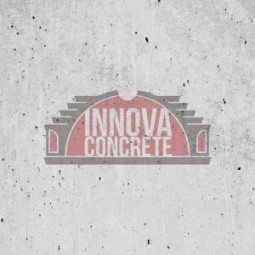
Other Attacks (Sea water, Pure water)
Sea water, a part of the decay due to the penetration of chloride, is one of the most aggressive media for the concrete. Its attack comes from the reactions more or less simultaneous between sulfates, chloride and the various constituents of the cement.
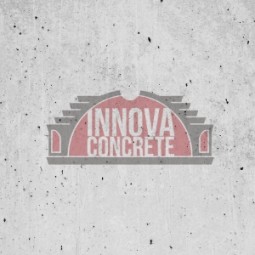
Shrinkage
Concrete may suffer from decay due to uncontrolled restrained shrinkage. Shrinkage is a chemical-physical phenomenon that always exist in cement based material and start from early age (actually some sort of shrinkage occurs when the cement has not yet hardened) until very late in the age of the structure.
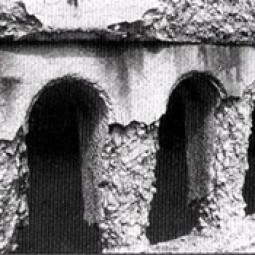
Freeze and thaw
This is mainly occurring in countries or areas subjected to harsh winter conditions and it is very often accentuated by the presence of de-icing salts used in the bridge to reduce incidence due the frost formation on the road. This is due to improper design of the concrete that does not contain enough properly dispersed air network that provide enough space for the water to expand when freezing.
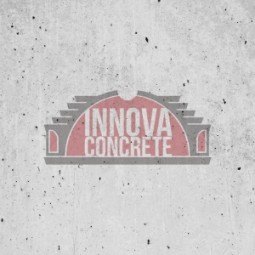
Decay due to other origins
Many other origins may be the causes of concrete decay such as for a bridge structure, accidental chock from a vehicle, abrasion, erosion in bridges over rivers, etc…


